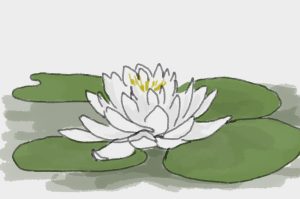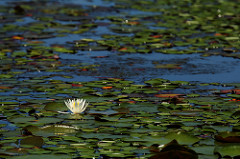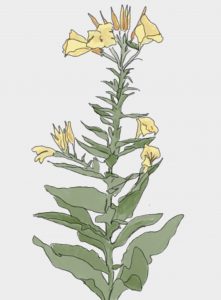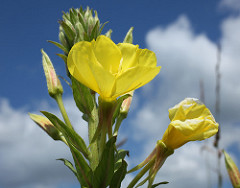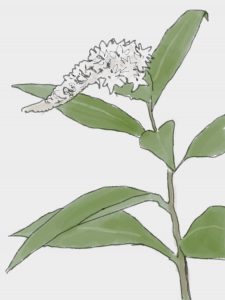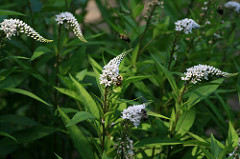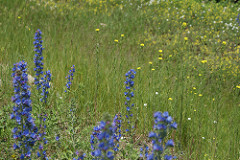Family: Nymphaeaceae
Description:
This aquatic species is easily recognizable for large round leaves and beautiful white flowers that float at the waters surface. Flowers have multiple rings of petals surrounding a series of central yellow stamens. This is a very aggressive spreading species that will easily fill in ponds, especially if planted alongside cattail. Ponds may need to be dredged to keep from disappearing. Nympaea odorata also increases biodiversity, attracting frogs and aphids.
Growing conditions:
Nymphaea odorata requires freshwater.
Suitable uses:
This is a suitable species for an ornamental pond. It is found in local ponds, but is invasive and should not be used on a project bordering wild land.
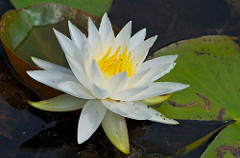
CC Image courtesy of Distant Hill Gardens on Flickr

